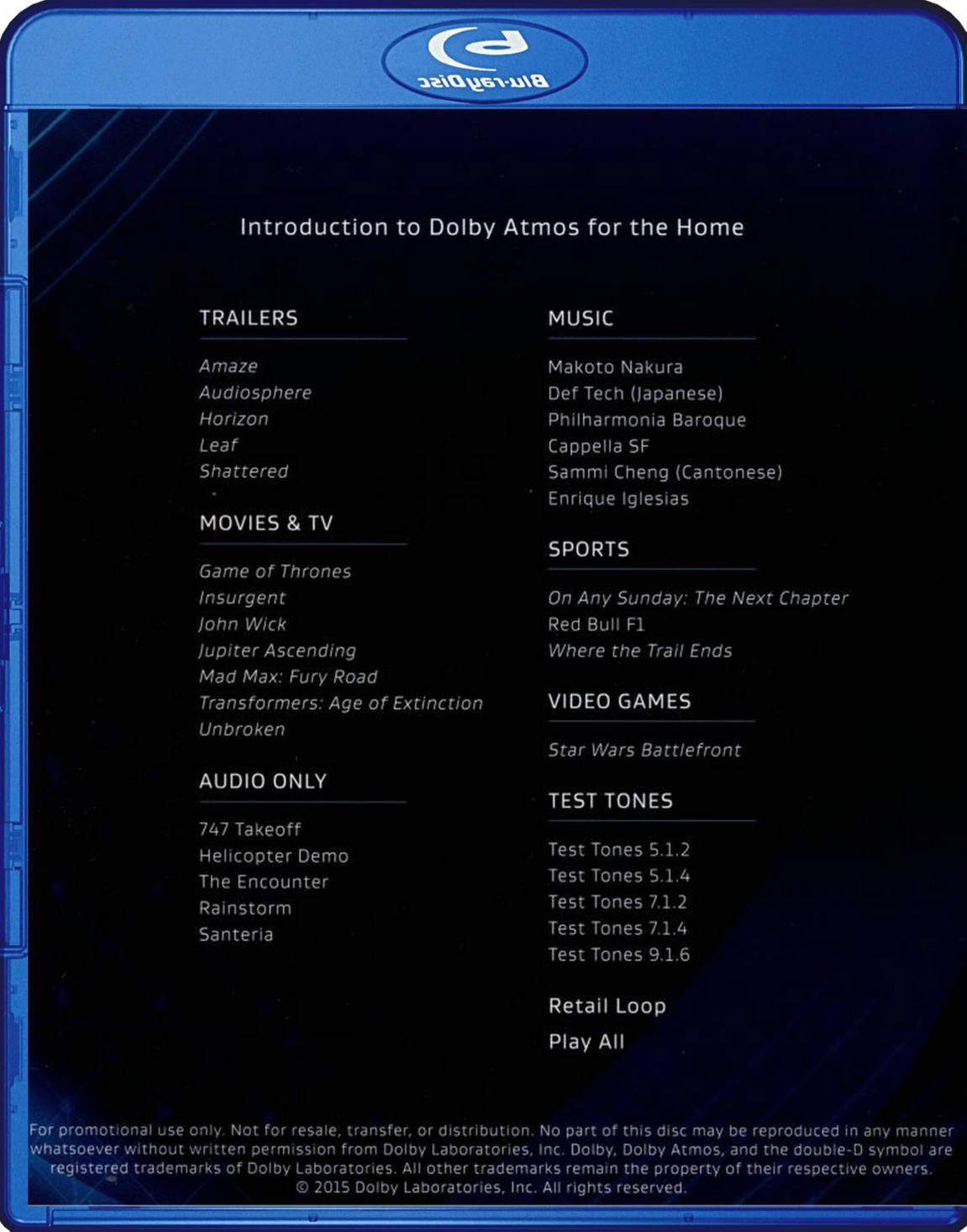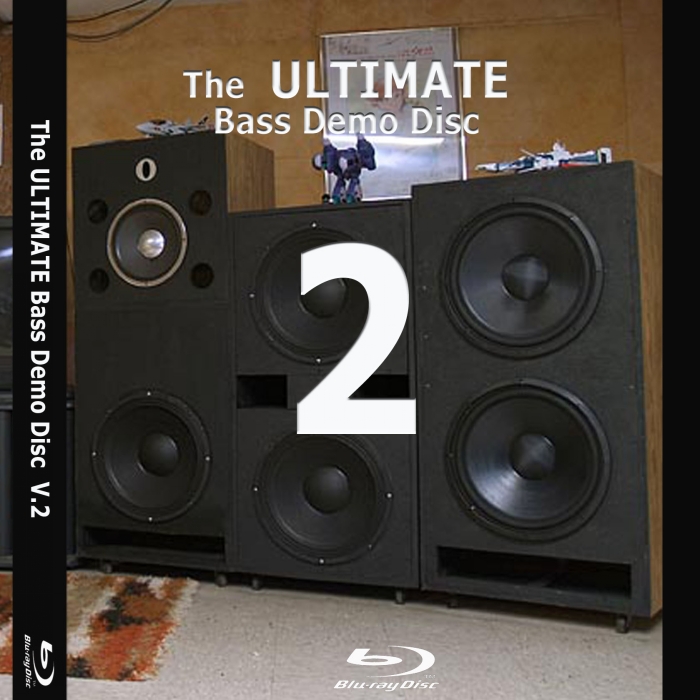
Next, this lossy audio is decoded and compared to the master, with "residual" data being recorded wherever the two differ.

First, the audio master is fed to a DTS CA encoder, which generates the core (lossy) audio stream. Encoding process ĭTS-HD MA is encoded in three steps. A DTS-HD MA bitstream carrying DTS:X can contain up to 9 simultaneous sound objects, which are dynamically mapped to a user's speaker system during playback, unlike the rigid number and placement of speakers required by channel-based surround (a DTS marketing executive referred to DTS:X in an interview as "whatever.1").

ĭTS-HD MA is the encoding format for DTS:X, an object-based surround-sound format that competes with Dolby Atmos. Alternatively, even if a player is MA-capable, the base stream may be needed for backward compatibility with an older AV receiver (for example, one manufactured during the DVD era). This is the reason for the bifurcated nature of a DTS-HD MA audio stream DTS CA, unlike its MA extension, is mandatory, so a player that is not MA-capable can automatically default to an MA-encoded disc's base DTS stream and simply ignore the supplementary data. The Blu-ray specification stipulates DTS-HD MA as an optional codec, which means that some Blu-ray hardware may not decode it. A DTS-HD MA bitstream may have a bitrate no greater than 24.5 Mbit/s (instantaneous), of which no greater than 1.5 Mbit/s may be lossy DTS (as per the DTS CA specification). Although DTS-HD MA, and the related DTS-HD, allow virtually any number of channels in the abstract, these limits are imposed for practical reasons of limited storage and bitrate availability. DTS-HD MA has enjoyed the greater share of this market since 2010, with the notable exception of the TrueHD-encoded Dolby Atmos spatial surround format, which is more popular than DTS's competing DTS:X (encoded with DTS-HD MA).ĭTS-HD MA can store up to 8 discrete channels of audio ( 7.1 surround) at up to a 24 bit sample depth and 192 kHz sampling frequency (96 kHz for 6.1 or 7.1 surround). DTS-HD MA's primary application is audio storage and playback for Blu-ray Disc media it competes in this respect with Dolby TrueHD, another lossless surround format.

This gives DTS-HD MA a lossy "core" able to be played back by devices that cannot decode the more complex lossless audio. Rather than being an entirely new coding mechanism, DTS-HD MA encodes an audio master in lossy DTS first, then stores a concurrent stream of supplementary data representing whatever the DTS encoder discarded. Lossless audio codec for home theater DTS-HD Master AudioĭTS-HD Master Audio ( DTS-HD MA known as DTS++ before 2004 ) is a multi-channel, lossless audio codec developed by DTS as an extension of the lossy DTS Coherent Acoustics codec (DTS CA usually itself referred to as just DTS).


 0 kommentar(er)
0 kommentar(er)
